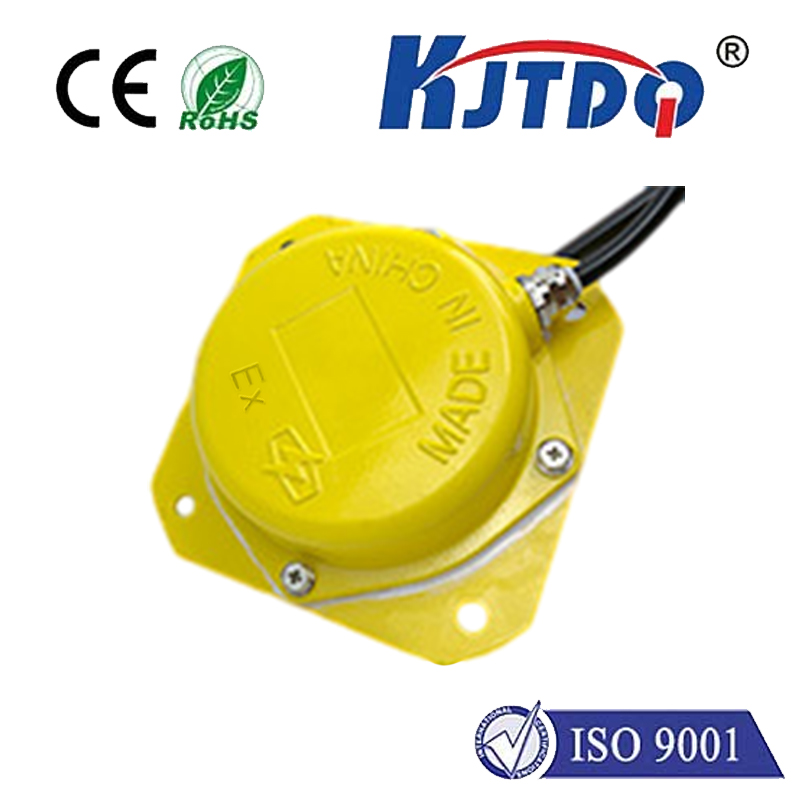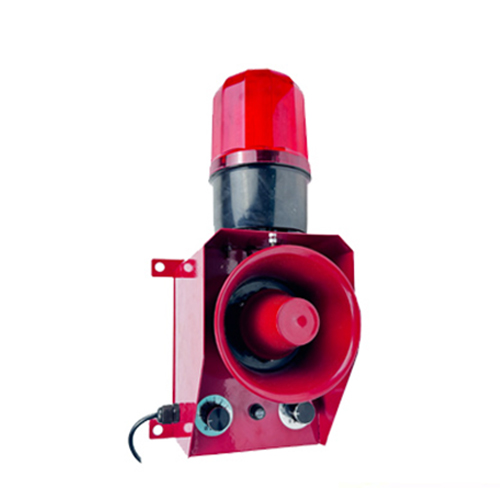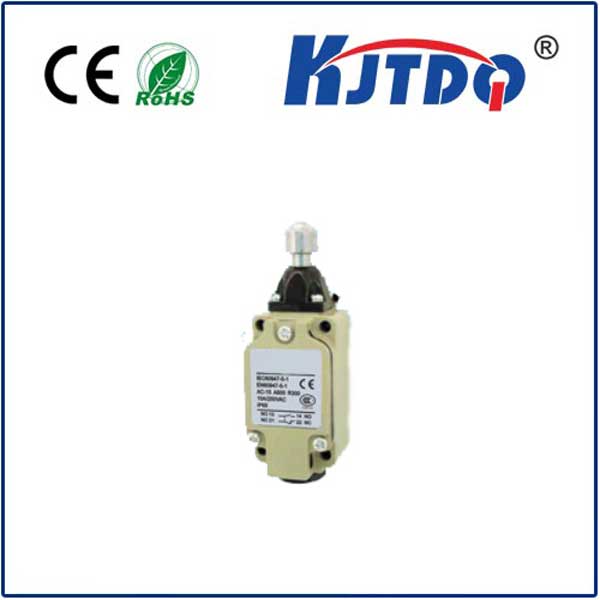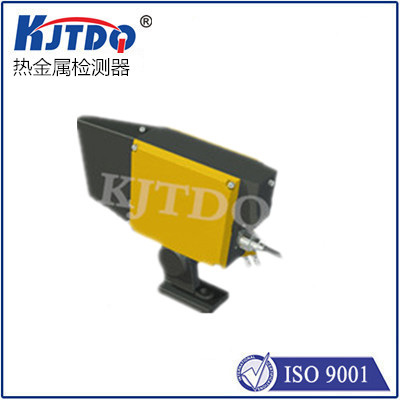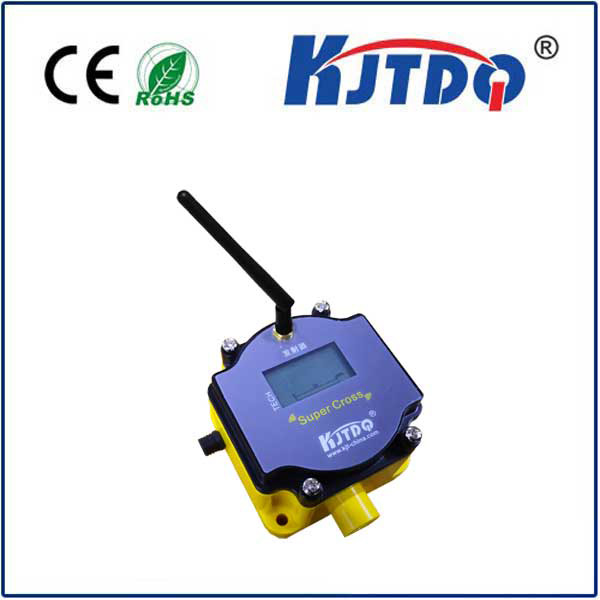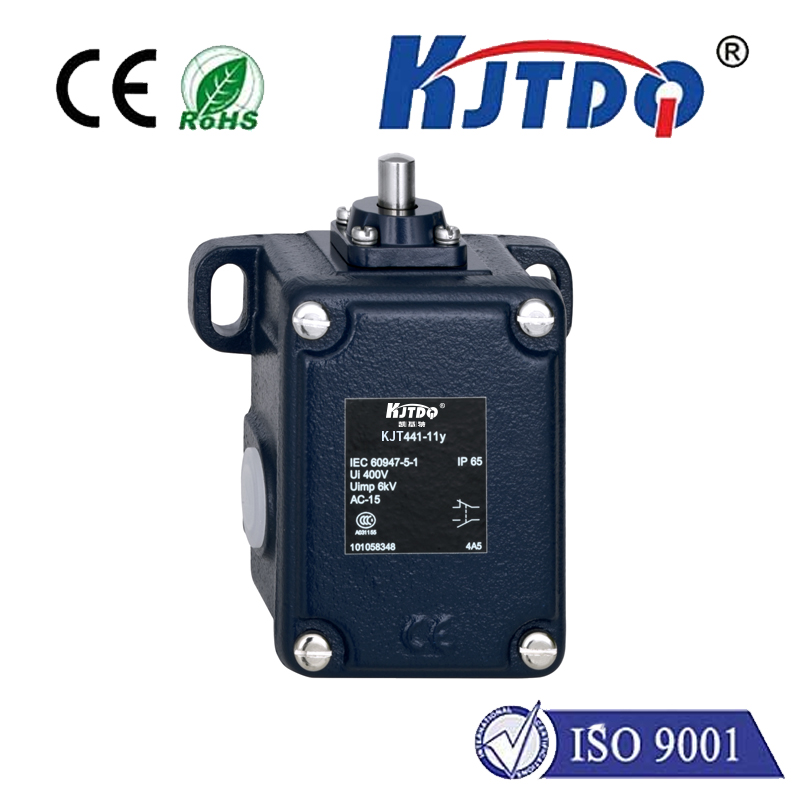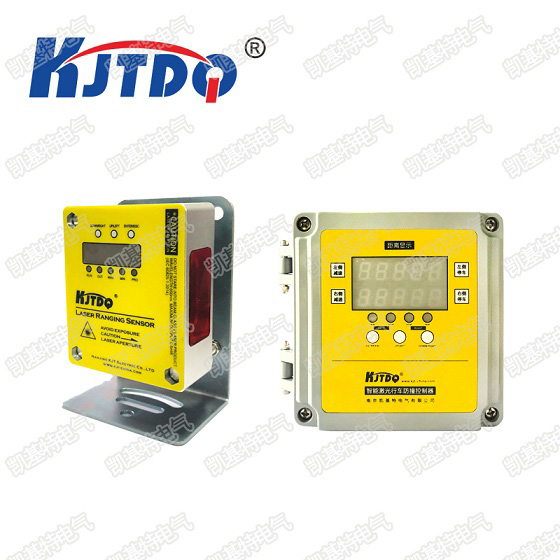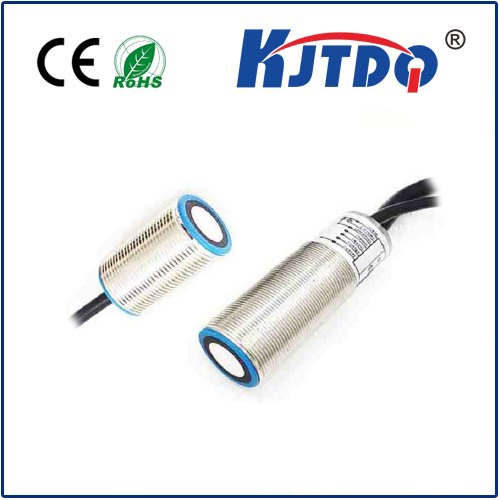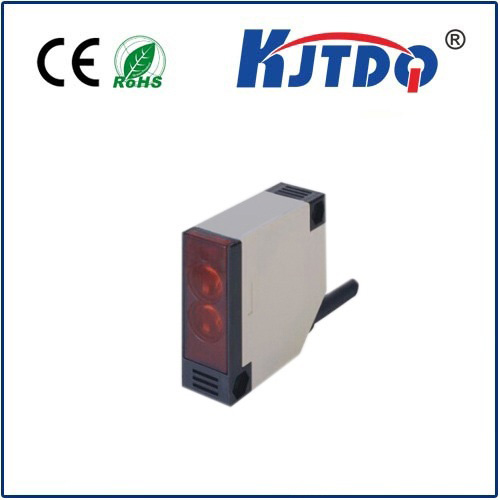

check

check

check

check

check

check

check

check

check

check
ide Beam Photoelectric Sensor: Revolutionizing Industrial Automation
The world of industrial automation has seen numerous advancements in recent years, and one of the most significant innovations is the wide beam photoelectric sensor. This cutting-edge technology has revolutionized various industries by providing reliable and precise detection solutions for a wide range of applications.
A wide beam photoelectric sensor consists of an emitter and a receiver, which work together to detect objects passing through the sensing area. The emitter emits a beam of light that is received by the receiver, and when an object interrupts this beam, the sensor triggers an output signal. This simple yet effective mechanism makes wide beam photoelectric sensors ideal for tasks such as object counting, presence detection, and sorting.

One of the key advantages of wide beam photoelectric sensors is their ability to handle large detection areas. Compared to traditional point or narrow beam sensors, wide beam sensors can cover much larger distances, making them ideal for applications involving conveyor belts or other moving systems. This feature allows for increased efficiency and reduced downtime, as operators can quickly detect and respond to any issues on the production line.
Another benefit of wide beam photoelectric sensors is their flexibility. These sensors can be easily adjusted to accommodate different shapes and sizes of objects, ensuring accurate detection regardless of the item's orientation or position. This adaptability makes them suitable for use in a variety of industries, from manufacturing to packaging and beyond.
Furthermore, wide beam photoelectric sensors are highly resistant to environmental factors such as dust, fog, and temperature changes. This durability ensures consistent performance even in challenging conditions, making them a reliable solution for harsh industrial environments.
In terms of installation, wide beam photoelectric sensors are designed for easy integration into existing systems. With minimal wiring requirements and straightforward configuration options, they can be set up quickly and efficiently by technicians with minimal training. Additionally, many models offer advanced features such as teaching modes and programmable logic functions, providing users with greater control over their detection parameters.
In conclusion, wide beam photoelectric sensors have emerged as a game-changing technology in industrial automation due to their exceptional capabilities and versatility. By offering reliable detection over large areas, adapting to various object shapes and sizes, and withstanding harsh environments, these sensors have become an essential component in modern manufacturing processes. As we continue to push the boundaries of automation and efficiency, wide beam photoelectric sensors will undoubtedly play a crucial role in driving progress forward.
